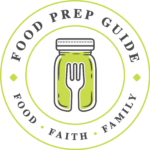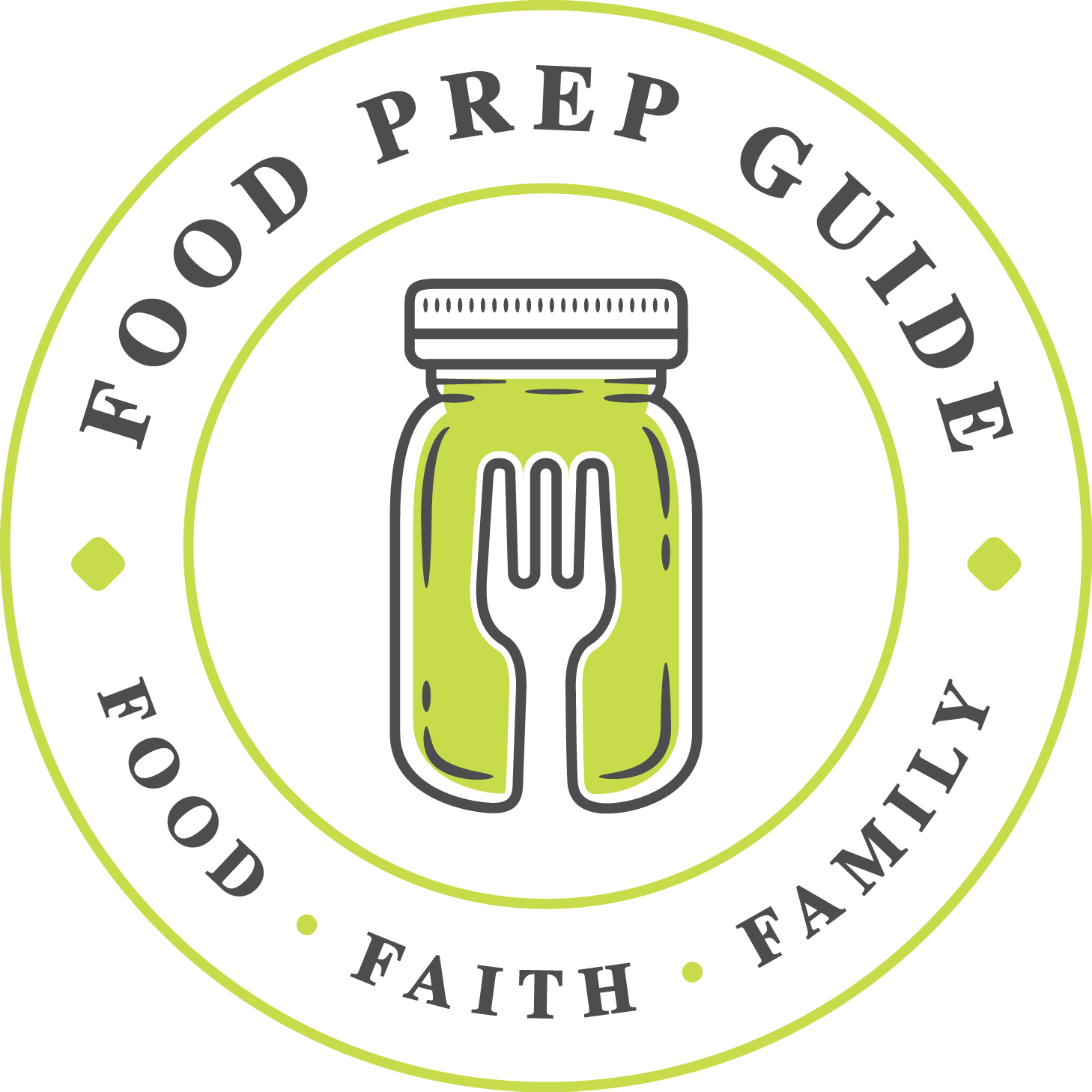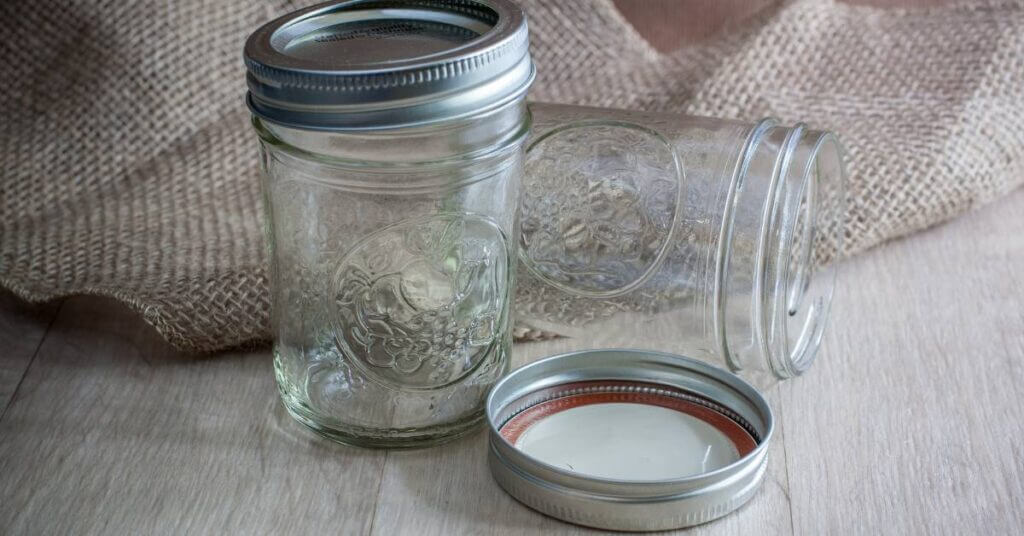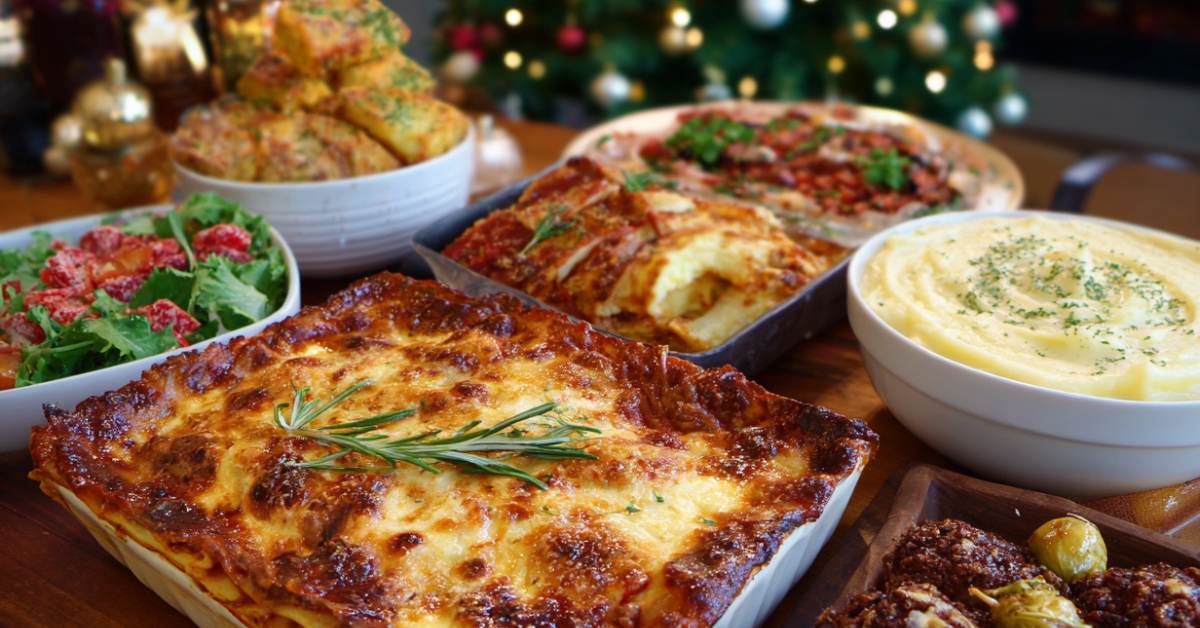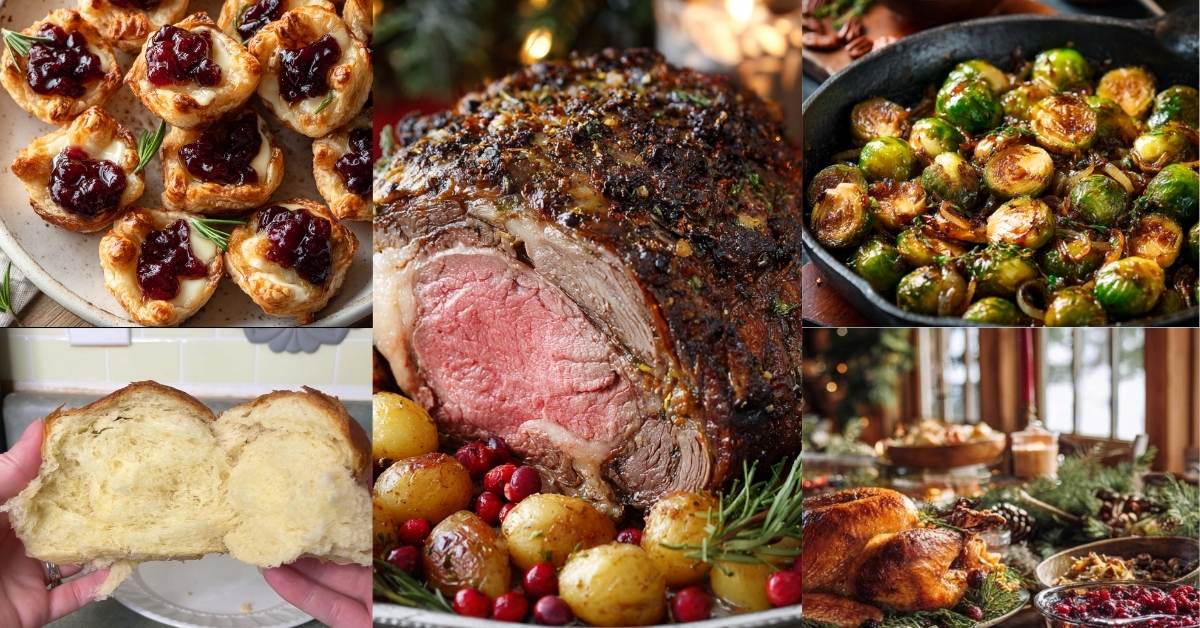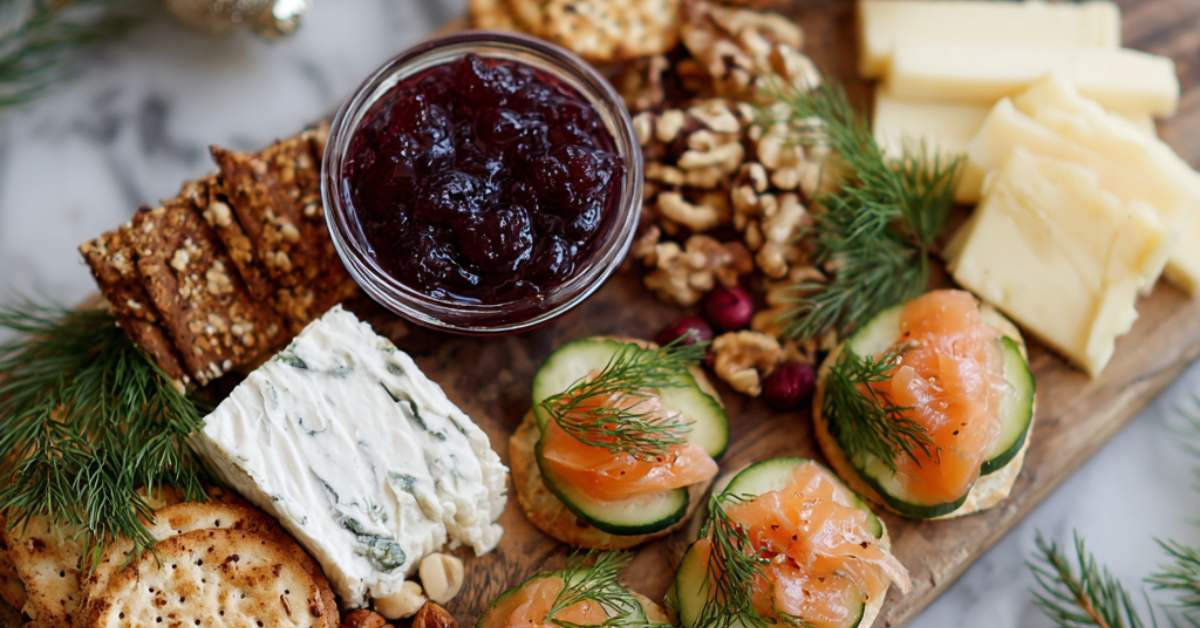When you first start canning, it doesn’t take long for some people to wonder if it’s possible to seal the jars without boiling first.
The answer is yes, but not a simple yes. I’ll explain the different ways to get a seal without boiling water, but then I’ll share why some of these methods not safe, nor are they the most effective way to seal canning jars.
5 Ways to Seal a Jar Without a Canner & Without Boiling
There are 5 ways to seal a jar without boiling it:
- Vacuum sealing,
- Wax or paraffin sealing,
- Inversion/upside down “canning,”
- Oven “canning,” and
- Steam canning.
1. Vacuum Sealing (For Dried Goods Only)
Let’s talk first about vacuum sealing dried food.
Here at Food Prep Guide, this is a method we use and love for dry goods. We’ve even written a post with more detailed information about vacuum sealing dried goods.
If you’re looking for a quick overview, here’s how to vacuum seal canning jars using a commercial device such as a FoodSaver:
After filling the jar, place a metal jar lid over the rim. Next, attach the FoodSaver accessory designed specifically for sealing Mason jars to the lid, lock it, and run the machine until the jar is sealed.
Prices pulled from the Amazon Product Advertising API on:
Product prices and availability are accurate as of the date/time indicated and are subject to change. Any price and availability information displayed on [relevant Amazon Site(s), as applicable] at the time of purchase will apply to the purchase of this product.
Sound simple? It is! Here’s a video demonstration:
This is the best way to make a Mason jar airtight without boiling. It’s safe and effective for storing dried goods, as long as you remember that vacuum sealing is not actually “canning” because no heat is involved.
Instead, it’s simply a storage method that removes oxygen from dried food, thus preserving it much longer.
2. Wax Sealing
One of the ways to seal glass jars you may have heard of is paraffin, or wax sealing.
If your Grandma has ever gifted you with lovingly preserved jars of her delicious strawberry jam, you’ve probably even seen this method in action.
It’s an outdated method of preserving food—typically jams and jellies—by pouring hot wax into the headspace of a jar filled with fruit preserves.
Staunch supporters of the paraffin-sealing method believe that the wax seal is enough to ensure safe consumption of these treats for months to come.
However, there are a couple of reasons why we can’t consider sealing jars with wax a trusted canning method.
- Wax is not a reliable seal long-term. It shrinks and expands with temperature changes, which can allow dangerous mold spores and bacteria to enter the contents of the jar.
- The frailty of wax can cause the seal to fail altogether.
- Since no heating occurs after filling the jars, spores and bacteria can find air pockets to grow and raise a family.
You may say wax sealing is a perfectly fine canning method since Grandma’s strawberry jam never made people sick. But that’s not exactly a good reason to continue preserving food this way. After all, Grandpa’s driving hasn’t killed anyone yet either, but I’m not planning a road trip with him anytime soon.
3. Using the Upside Down Method
Another food preservation method passed down from the older generation and making the rounds on social media is the upside down method.
Flipping the jar over to seal it is known as “inversion canning,” but it’s not really canning at all.
Canning relies on high heat for an appropriate amount of time to safely preserve food in jars, while inversion canning relies only on the heat generated by the jar’s hot contents.
With the upside down method, you cook your food, fill each canning jar with the heated contents, put the lid on, and then flip—or invert—the jar so it’s upside down for 5 minutes.
The theory is that the heat of the contents will destroy any bacteria present.
Unfortunately, to kill bacteria and mold spores, you’ll need more heat than what’s generated in the regular cooking process, and it will need much more time than a few minutes to do its job.
When the jars are filled, microorganisms that enter them during the filling process are left unchecked.
This is especially dangerous when it comes to low acid food, which relies solely on heat to make it safe for the shelf.
Another problem with this method in the modern world is that jar lids are made differently than they were in the pre-World-War-II era when the inversion canning method was created.
Today’s lids—invented in 1941—consist of two parts, and many are made to vent high heat.
In fact, leading canning jar manufacturer Kerr specifically states that its jars should not be turned upside down while still in the cooling phase.
Not only is inversion canning not recommended as a safe way to can, it can also hinder the sealing process. Even when using water bath canning, if you turn the jars upside down (or even tilt them too much), it can cause seal failure.
4. Dry Oven Canning
This is how some of our grandmothers used to seal Mason jars in the oven, so there are some canning enthusiasts who simply follow the methods they were taught at Nana’s knee.
What is dry oven canning exactly?
Well, instead of boiling jars in water, you pack them, close the lid, and then pop them in the oven.
One problem with relying on oven heat to seal your jars is that jars aren’t made for dry heat. They tend to weaken or even break if you use heat that’s hot enough to kill all types of microorganisms.
They also may not heat sufficiently all the way through.
If you’ve ever taken a roast chicken out of the oven that looks perfectly done, only to find it raw inside, you know what I mean when I say that oven heat can be uneven.
If you decide to use this method for food that’s already “dry,” such as rice, nuts, or grains, be aware that even seemingly dry food can contain moisture. Placing it in the oven may cause this moisture to move to the surface, making a comfortable environment for bacterial growth.
Vacuum sealing your dried goods is far safer and more reliable.
5. Steam Canning
One of these approved canning methods is steam canning. Steam canning is one of the few safe ways to seal canning jars without traditional water-bath boiling.
Prices pulled from the Amazon Product Advertising API on:
Product prices and availability are accurate as of the date/time indicated and are subject to change. Any price and availability information displayed on [relevant Amazon Site(s), as applicable] at the time of purchase will apply to the purchase of this product.
While you do need to boil a small amount of water, the jars do not need to be submerged in it, making it a quicker, more efficient process than water bath canning.
Steam canning relies on a continuous flow of steam to safely can certain types of food. You’ll still need to be sure to use tested recipes and only use this method for specific acidic foods, but it is safe when done correctly.
To can with steam, you hot pack your jars, cap them, and load them into a steam canner that is carefully calibrated to do the job correctly.
We’ve written an entire article on steam canning if you’d like to know more details.
The Best Way to Seal Canning Jars
I know it can be tempting to avoid the work of water bath canning and pressure canning.
But we don’t want to resort to methods that may end up putting our families in jeopardy. It’s true that you may be able to “get away with” wax sealing, inversion canning, or dry canning without harm.
However, all it takes is one sneaky little spore to cause a major safety issue.
To ensure you get a seal that will last, we encourage the use of proven, safe methods:
- A vacuum sealer (for dried goods only)
- A steam canner
- A water bath canner
- A pressure canner
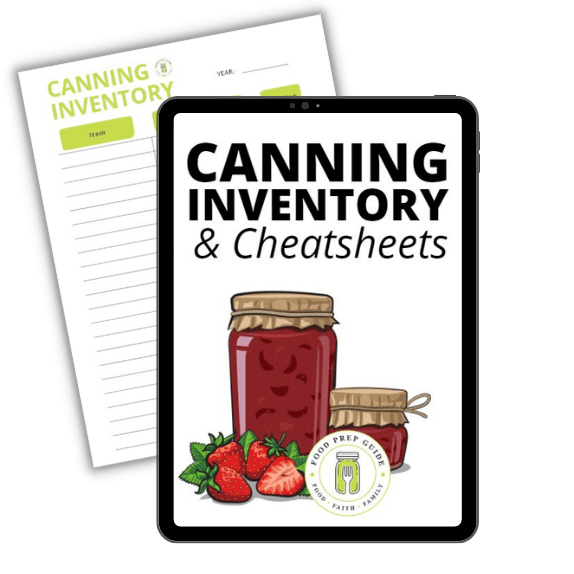
Frequently Asked Questions
Is it necessary to sterilize jars before canning?
While water bath canning and pressure canning are such thorough processes that your jars are usually sterilized in the process, it’s still recommended to sterilize jars if you’ll be processing for less than 10 minutes.
If your processing time is 10 minutes or longer, you do not need to sterilize your jars first.
How long does it take for canning jars to seal?
Although the length of time for canning jars to seal varies, it can take an hour or more. To be safe, it’s best to leave jars and lids undisturbed for 24 hours before checking the seals.
What can I use if I don’t have a canner?
For high acid foods (foods with a pH of 4.7 or below), you can use a water bath canner.
If you don’t own a water bath canner, a very large stock pot will suffice as long as it’s deep enough for jars to be submerged under water by about 2 inches.
We wanted to address the question of how to seal canning jars without boiling simply because it is being asked.
However, beyond vacuum sealing dried goods, boiling water is absolutely necessary to get a safe, long-lasting seal.
FREE FOOD STORAGE PLAN!
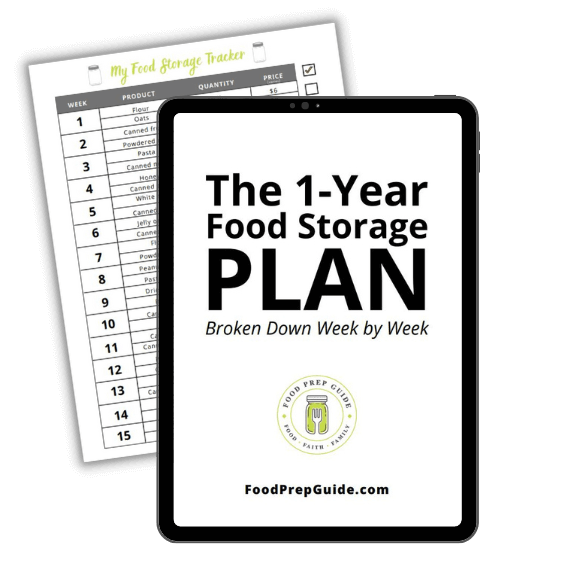
Does gathering and storing a year’s worth of food for your family seem overwhelming and unachievable?
Make it easy with our step-by-step plan. Subscribe to our weekly newsletter & we’ll send it to you FREE!
